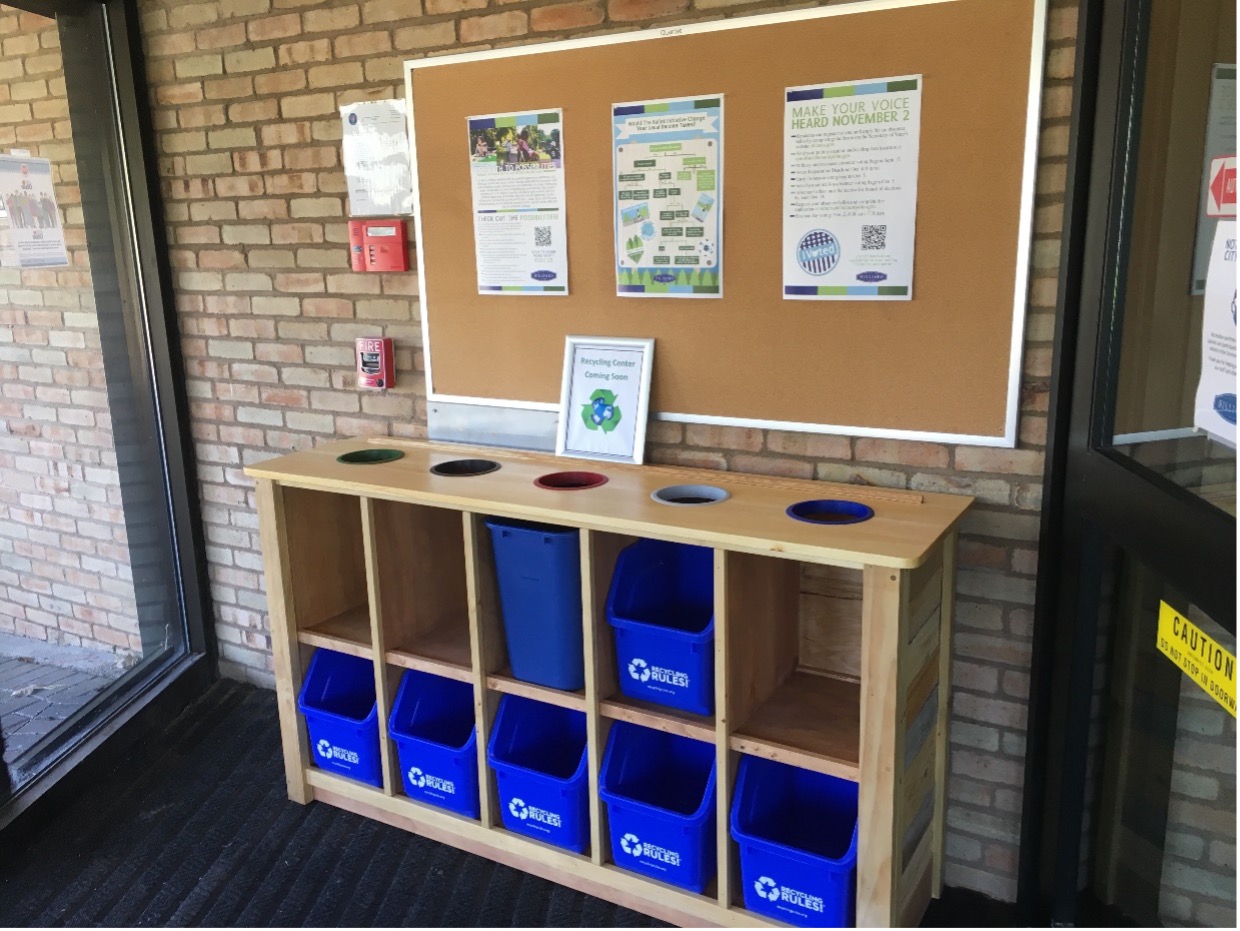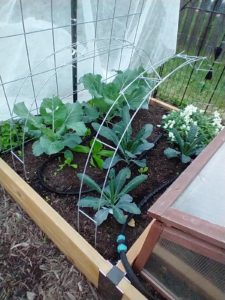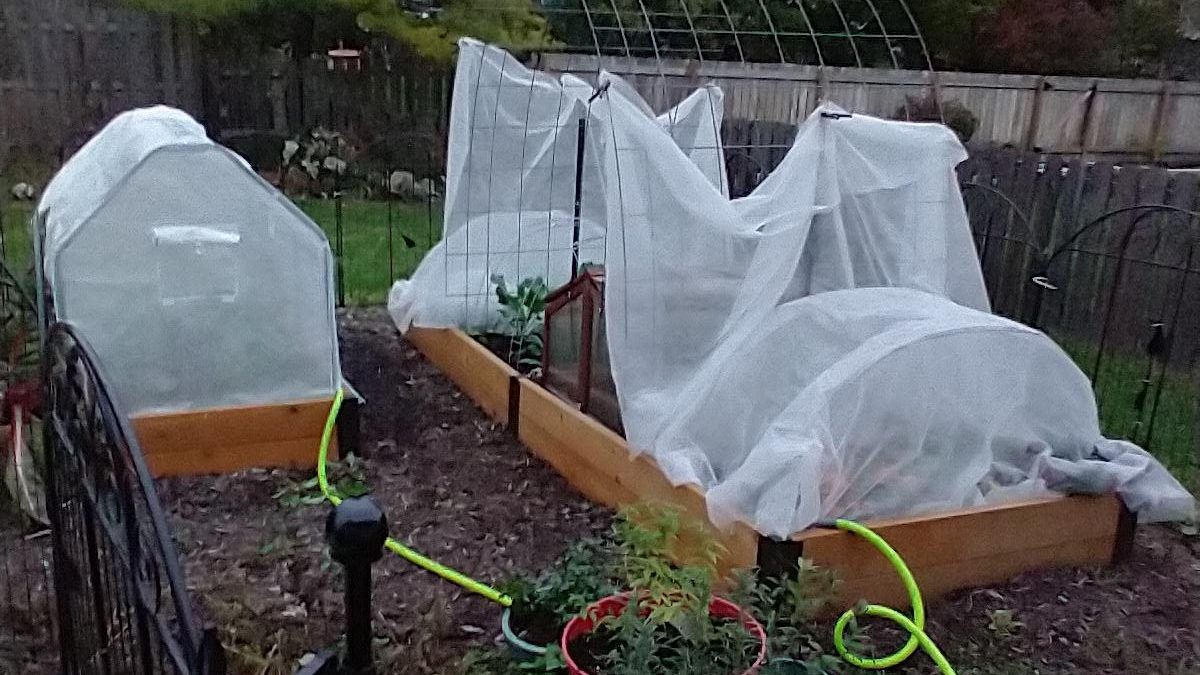
All the Fall Leaves
September 22, 2021
New Recycling Opportunities in Hilliard
October 24, 2021It may surprise you to learn that winter doesn’t mean the end of gardening season! There’s lots to do, and even lots to grow in winter, as long as you have the right plant varieties and tools!
Cool Season Crops
The most important aspect for successful fall and winter gardening is the selection of the right crops. One type of winter crop are crops planted to overwinter. We plant these now but leave them until Spring or Summer to harvest. The best example of this is garlic! Planted in the fall, garlic uses the cold snap of winter to form large bulbs that

The other kind of cool season crops include crops that love to grow in cooler, shadier climates: lettuce, carrots, beets, spinach, swiss chard, kale, and other brassicas are in this group. They do wonderfully in the low 40s and 50s, and a frost can make taste them even sweeter! While they won’t germinate in low temperatures, if you plan ahead and start your garden in late September and early October, you can reap the benefits of a winter garden through the coldest and darkest months. Here is a picture of some lacitano kale and cabbages flourishing in my fall garden. They likely won’t survive too many hard frosts or extended temperatures below freezing, however, so the final ingredient for winter gardening success are frost covers!
Frost Covers and other Winter Garden Tools
Row covers, or frost covers, come in many varieties and thicknesses for a variety of conditions. Row covers can be propped over the plants with hoops

I hope these tips get you dreaming of a Winter Wonderland dotted with fresh greens!







